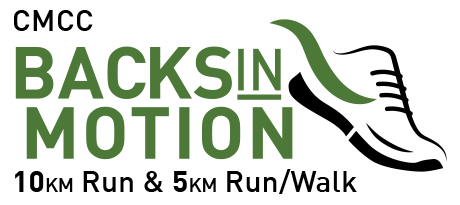There is no disputing that to run faster, a distance runner needs to carefully accumulate volume over the years, develop speed and train the lactic threshold. There are however, some ways that a runner can make some gain without running more or at a higher intensity. These include strength training, running mechanics, and injury prevention. Working on these areas could be very beneficial as many recreation runners and triathletes are late comers to running and have not developed the volume and speed as many pure runners have done.
Triathletes are well aware of the benefits of cross training. Some age group/ recreational triathletes can run as well as pure age group runners who run much more, for instance, a 35 year old male triathlete who runs a 38 min 10k might run 5 hours a week; while a pure runner of the same fitness, age, gender… etc might need to run 10 hours to achieve the same result. While the pure runner trains his endurance, threshold, strength…etc all by running; the triathlete trains on the bike and swim as well. We can see strength training in a similar light; runners can develop strength using methods other than running. According to Dr. Thomas Lam from FITS Toronto, strength training is also a key component to help runners prevent injuries, the likelihood of injuries is reduced as the runners get stronger and run less. However, the experts do not seem to agree on one way for runners to strength train, some coaches emphasize specificity and advocate exercises such as single leg squat, running uphill with weight vests. While others have found that using traditional weight training exercises produced tremendous improvement, for example, Dr. Lam described a study that documented the benefits of weight training on NCAA level runners. In a ten week period, the experimental group which incorporated doing squats in the gym (replacing some running sessions) showed significant improvement in their running times over the controlled group which continued with their original run training. The best way to approach strength training if you don’t have a background is to talk to someone in the field, or read a book. If you would like to find out what I do, I’d be happy to describe it to you in more details (kencheung999@hotmail.com).
Runners and coaches have different view on the mechanics of running, some feel that inefficient technique will eventually smoothen itself out by running more, some cite Paula Radcliffe as such example; while others feel that runners should work on their forms to improve efficiency. However, if there are two physiologically identical runners (age, sex, weight, VO2max, lactic threshold…etc.) the one with the better technique will win the race (Benson and Ray 2001). Here are a few areas in running techniques:
* Breathing: Benson and Ray suggest a six stride pattern; try to take three breaths of inhale and three breaths of exhale. This should be easy in a regular aerobic pace run; with increase intensity, the pattern might turn into two breaths in and two breaths out. The key, according to these coaches, is to exhale fully and be aware of the breathing tendencies (especially when the intensity is high) and try to regulate and maintain a pattern
* Running mechanics: there are many integrated components to an effective running form, here are some of the more important ones (Benson and Ray 2001)–
o Run relax; shoulder and neck should not hold much tension.
o Strike the ground on the outside and forward edge of the heel, foot, lower leg and the thigh should sweep at the time of landing
o Foot should land as close to the centre of mass as possible (under your body, close to the midline)o Avoid full heel strike as that acts as a brake to your momentum
o Doing drills such as A, B and C, high knees, hill run and straight leg shuffle can help you to improve your running mechanics
o Changing the running form can increase the risk of injuries, a runner should consider her goals and training volume and fitness level before drastically changing anything
If you have any chronic injuries that regularly prevent you from training and/ or competing, the off season is certainly a good time to seek out some help. Should you adopt a stretching or strengthening routine? Are there postural changes you can make? Runners should definitely find some professional health in this regard. For instance, I went to FITS for help with my nagging neck injury in October. I received three treatments and since then I have been able to avoid neck spasm or major pain by following some strengthening exercises, stretching, and paying attention to my postures. Besides treating and preventing injuries, Dr. Lam and the experts at FITS can also help runners with their mechanics and in particular, they are very good at helping people learn how to strength train with the goal of the athletes doing the training on their own. Check out their website http://www.fitstoronto.com/ The experts at FITS also offer a “Runner’s Screen” package that addresses many interrelated areas to help runners improve. Inquire by info@fitstoronto.com
Happy training
Ken
Reference List Benson, T. and Ray, I. (2001). Run with the Best. Tafnews Press: Mountain View, USA




















